- Plaintiffs must meet several elements for a wrongful death claim to be valid.
- Family members can’t file a wrongful death lawsuit in Minnesota. They must appoint a personal representative to take legal action.
- Common wrongful death scenarios include motor vehicle accidents, medical malpractice, and workplace accidents.
- Survivors of the deceased may be eligible for several types of economic and non-economic damages.
A wrongful death claim is a legal action that seeks to provide compensation to the surviving family members of a deceased person when that person’s death occurred due to another party’s negligence. The following is a look at the key elements, common scenarios, and the damages involved in a wrongful death claim.
A lawyer with Sand Law is ready to help you through this horrible time. We’ll work passionately to hold accountable those responsible for your loss. To schedule a free consultation, use our online form or call 651-291-7263.
The Definition of a Wrongful Death Claim in Minnesota
In the state of Minnesota, a wrongful death claim serves as a legal recourse available to address the devastating loss experienced by the surviving family members when a loved one passes away due to another’s negligence or wrongful actions. If the victim could have filed a personal injury lawsuit if they had survived the accident, a representative of the family members can file a wrongful death lawsuit.
A lawsuit provides a way for the grieving family to seek compensation for the hardships they endure due to their beloved family member’s tragic death.
Key Elements of a Wrongful Death Claim
There are several elements to a wrongful death lawsuit, a complex legal action. Some of these elements include the following:
The Death of a Human Being
At the heart of a wrongful death claim lies the irreplaceable loss of a human life. The law designs this legal remedy for situations where human lives are prematurely lost.
Death Caused by Negligence
For a wrongful death claim to be valid, the individual’s passing must occur due to negligence, recklessness, or an intentional wrongful act committed by another party. It’s not enough for authorities to classify the death as accidental. There must be a clear and identifiable party at fault, and their actions or inactions directly led to the tragic loss of life.
Surviving Family Member
Many states allow survivors to file wrongful death lawsuits. But Minnesota is different. The state mandates that the victim’s next of kin or spouse appoint a trustee. This trustee is the person who will file the lawsuit. They’ll also oversee compensation distribution. If a family member tries to bring a claim, the court will likely dismiss that claim.
Appointment of a Personal Representative
Family members should clearly understand the role of the trustee or personal representative. This representative assumes the critical role of acting on behalf of the deceased person’s estate and the surviving family members. They bear the responsibility of navigating the intricate legal procedures, representing the interests of all parties involved, and ensuring that justice is served in the memory of the deceased.
The family can’t choose anyone they want to serve as their personal representative. According to Minnesota law, the representative must be of sound mind and at least 18 years old. While some states prohibit convicted felons from serving this role, Minnesota doesn’t have that prohibition.
Common Scenarios Leading to Wrongful Death Claims
Wrongful death claims can occur for many tragic reasons. These are a few of the more common ones:
Car Accidents
There were 488 fatalities on Minnesota roads in 2021 – the highest number since 2007. Wrongful death lawsuits may stem from car accidents caused by the negligence of a reckless or irresponsible driver. Examples include cases where a driver was under the influence of alcohol or drugs, distracted while driving, or violated traffic laws, resulting in a fatal collision.
Medical Malpractice
According to the Minnesota Department of Health, 21 patients died due to medical mistakes in 2022. Medical malpractice involves surgical errors, misdiagnoses, medication mistakes, or inadequate patient care. These are all examples where a medical provider’s negligence results in a patient’s death.
Workplace Accidents
A wrongful death claim can also arise from workplace accidents, especially when unsafe conditions or inadequate safety measures are present. These accidents can involve construction site mishaps, industrial accidents, or any other work-related incident where negligence in maintaining a safe environment leads to a fatal outcome. In 2021, 80 workers died on the job.
Damages in a Wrongful Death Claim
There are generally two primary categories of damages available through a lawsuit. Here’s a brief look at each:
Economic Damages
Economic damages include the tangible financial losses the surviving family members incurred as a direct consequence of the tragic death. These financial losses may include expenses related to the following:
- Medical treatment.
- Funeral arrangements.
- The income that the deceased would have contributed to the family had they continued to live.
- The financial value of the services and support that the deceased would have provided, such as childcare or household maintenance.
Non-Economic Damages
Non-economic damages encapsulate the intangible losses experienced by the surviving family members. These losses can be far more challenging to quantify as they often encompass the following:
- The surviving family members’ emotional pain and suffering.
- The profound loss of companionship, guidance, and support.
- The physical pain the victim likely experienced before passing away.
Determining a monetary value for non-economic damages is exceptionally complex. These losses are deeply personal and subjective, varying from one individual to another. It takes a skilled attorney to prove intangible losses.
Speak With a Compassionate Wrongful Death Attorney ASAP After Your Loved One’s Passing
Dealing with the loss of a loved one is incredibly difficult, and navigating a wrongful death claim can be complicated. Please seek the assistance of a compassionate wrongful death attorney as soon as possible after the passing to protect your rights. An experienced lawyer will work to ensure you receive the compensation you deserve.
At Sand Law, our attorneys have years of experience helping grieving family members obtain the justice and compensation they deserve. You can schedule a free case evaluation by calling 651-291-7263 or contacting us online.
Frequently Asked Questions
Sand Law attorneys receive a lot of questions regarding wrongful death lawsuits. Here are the answers to two of the most common.
What is the statute of limitations for filing a wrongful death claim in Minnesota?
The statute of limitations for wrongful death claims in Minnesota is typically three years from the deceased person’s death date. Filing within this time frame is essential to preserve your legal rights.
Who is eligible to file a wrongful death claim?
In Minnesota, the surviving spouse, children, parents, and siblings may be eligible for compensation through a wrongful death claim. The personal representative of the deceased person’s estate must file the lawsuit on behalf of the family members. The eligibility can vary based on individual circumstances and the relationship to the deceased. Consulting with an attorney is crucial to determine eligibility.

